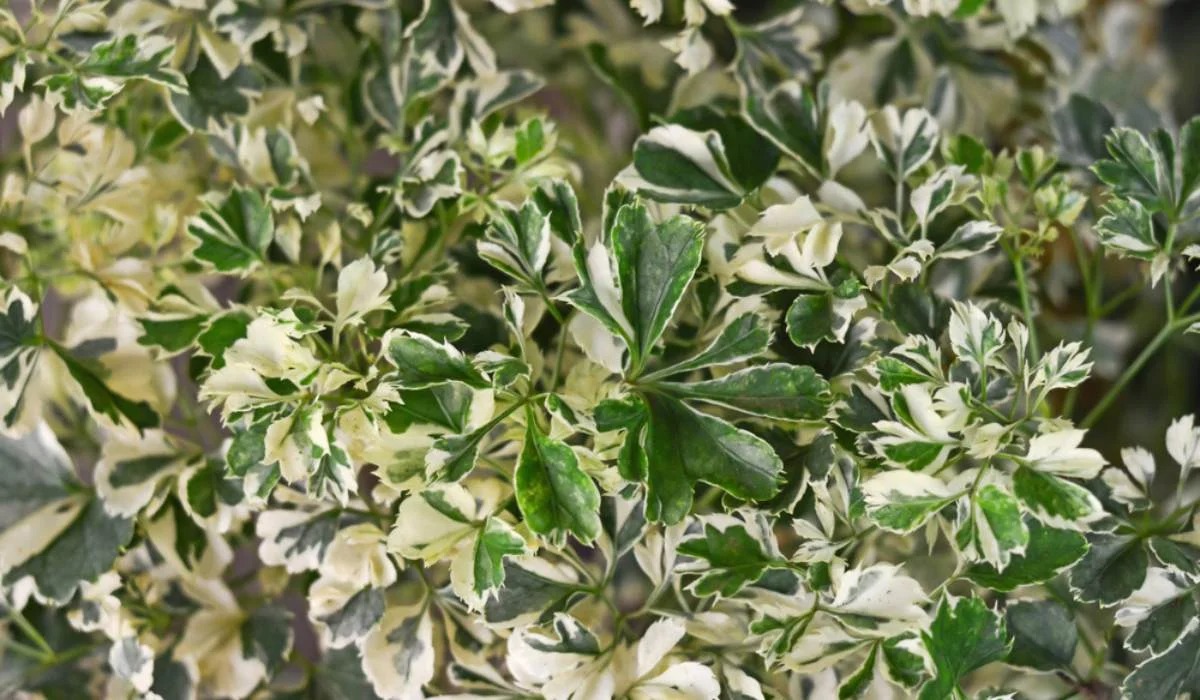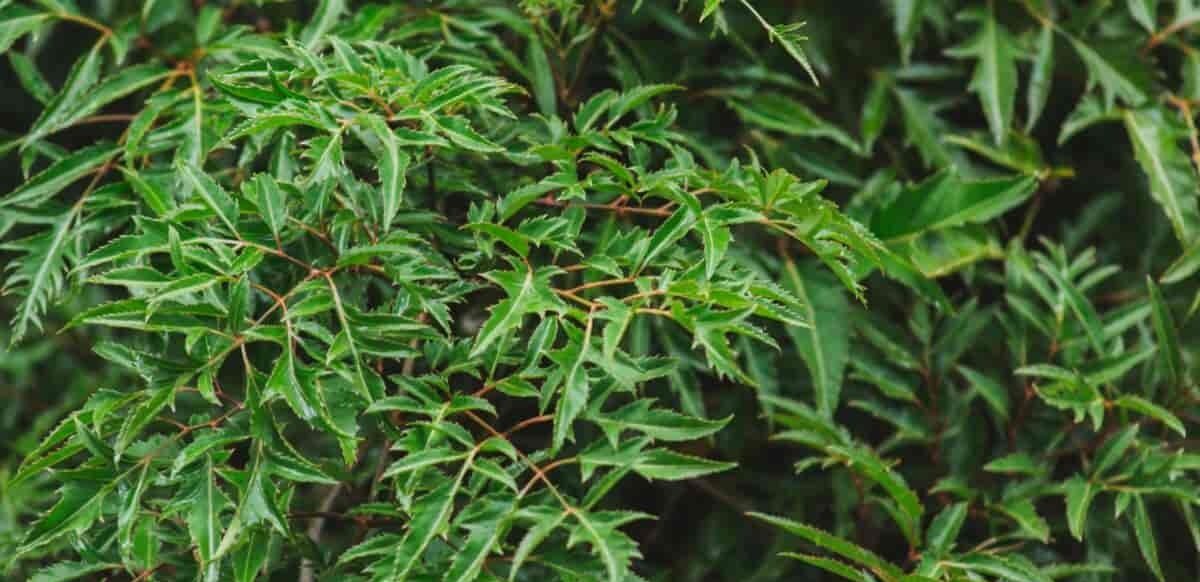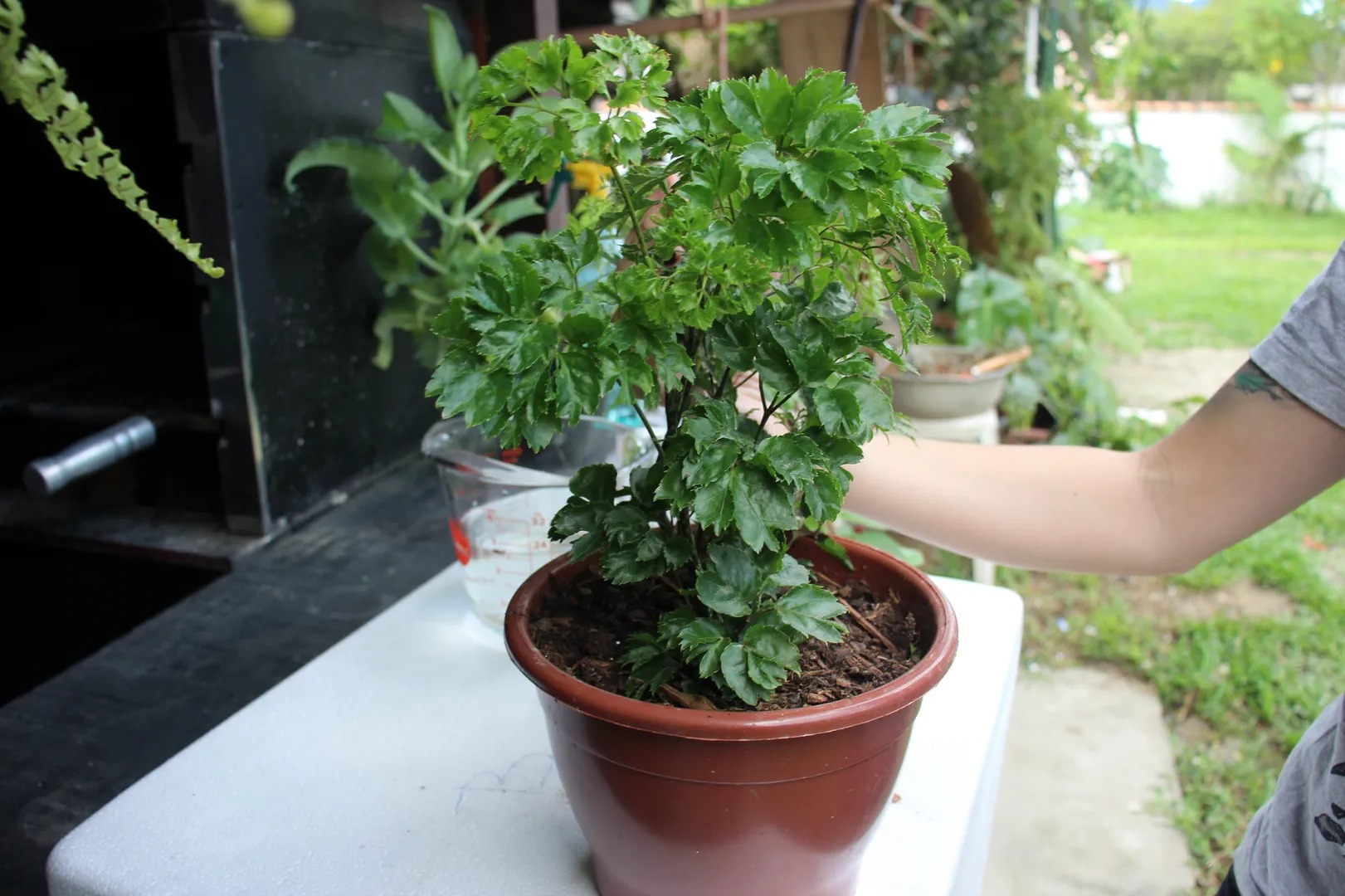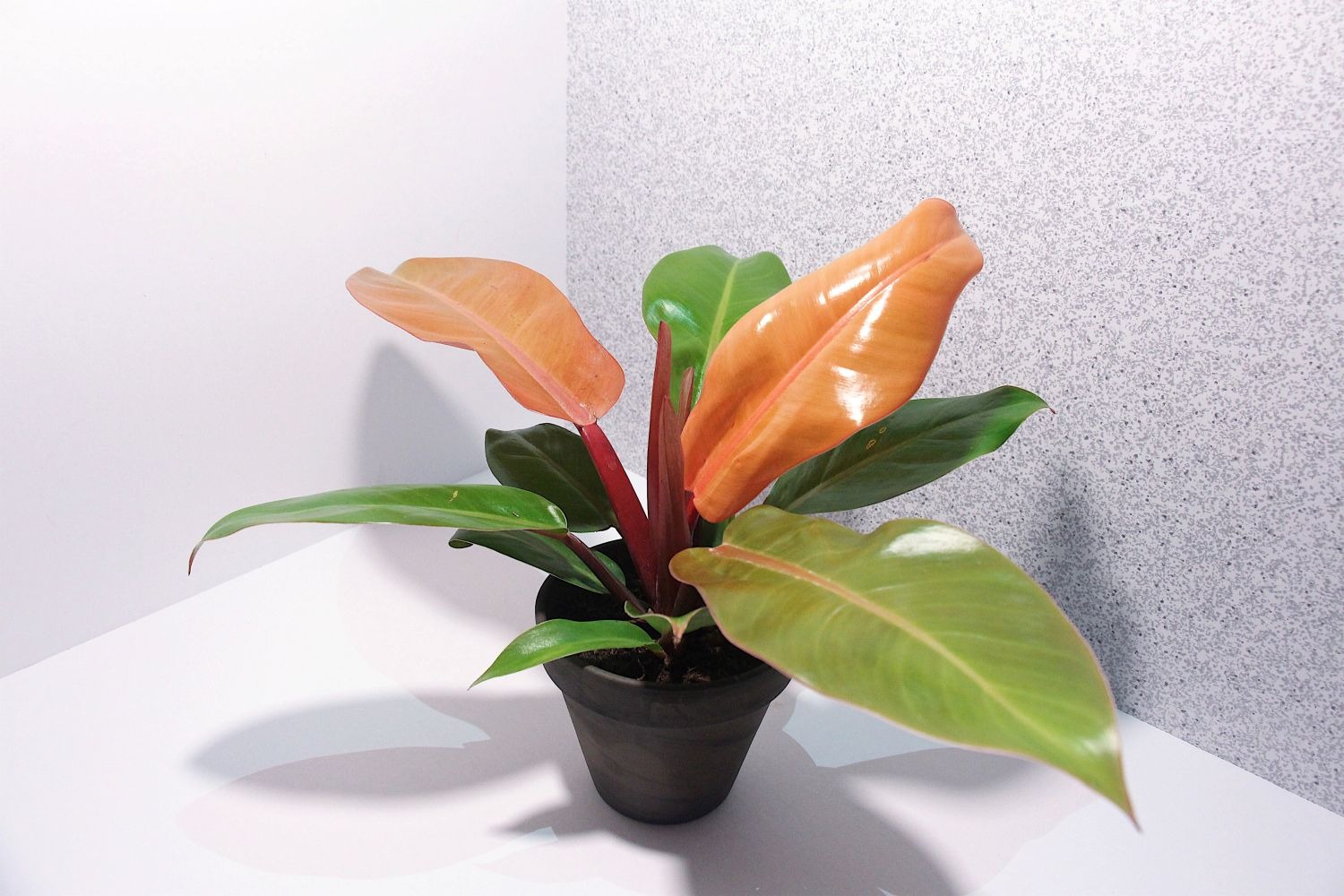Carved. Ming Aralia has a vertical growth and does not grow very tall. Over time, it will drop its lower leaves, revealing a gnarled tree-like trunk. If you wish, you can keep it short and shrubby by pruning it every spring. They will make it even more beautiful with Regular pruning. Prune the growth tips to promote branching and denser foliage. Cut the Ming aralia bonsai plant will keep to 1 ft (30 cm) or less.
Repot in the spring only when it is out of the pot. Use the smallest pot that keeps its roots – aralia grow best when their roots are limited. Pot taller plants in a heavy container to prevent tipping over. Therefore, use a pot with a drainage hole.
Falling leaf. If your Ming suddenly throws leaves, do not panic. A certain drop of leaves is normal. Do new leaves grow at the top of the stems? If so, this is only part of normal growth. A sudden change in light, for example when you move your plant to a more shaded place, can lead to leaf fall. Give it as much light as you can. An increase in humidity can also be helpful.
There are few problems with Ming Aralia. It even seems to shake off the parasites. Keep this tropical native warm and do not water it – and you will enjoy it for many years.
If you are looking for a fascinating soil plant, try Ming Aralia. But be warned, this easy-to-care houseplant can spoil you for everything else.
Buying tips

You can find Ming Aralia on sale under its common name, although other types of Aralia plants are sometimes labeled with the same name. Search for the botanical name Polyscias fruticosa to make sure you get this plant.
‘Variegata’ and ‘Snowflake’ are highly sought-after varieties whose leaves are beautifully lined with white. It is worth looking for it. With good care, this Aralia will be a durable plant and a lush and graceful accent for your home.
Cultivation tips for Ming Aralia
Origin: Pacific Islands and Southeast Asia.
Height:

Up to 90 cm (3 feet); can be grown as a bonsai.
Light: Aim for bright light, although it tolerates different values from low light to full sun.
Water: Water carefully and let the 2 inches (5 cm) of soil dry between waterings. Overwatering is a sure way to finish it. Mings have thin roots and are prone to root rot, so keep them on the dry side when in doubt. Even in winter, reduce the water if the growth has slowed down.
Humidity: Ming Aralia prefers a relative humidity above 50%. The humidity inside can drop significantly during the winter months without us realizing it. Use a moisture meter near your houseplant instead of guessing. The leaves become dry and crispy in the dry air. Use a cool mist humidifier to increase the humidity around your plant.
Temperature:

Average ambient temperatures 65-85°F / 18-29 °C. It can tolerate warmer temperatures, but do not expose it below 60°F / 16 °C. This Polynesian beauty does not like the cold at all. It’s a good idea to keep it away from heat/climate openings.
Soil: loam based on peat moss with perlite for good drainage.
Fertilizer: feed every month from spring to autumn with a balanced liquid (or water-soluble) fertilizer (for example, 10-10-10) diluted by half. The young, yellowish-green leaves are caused by nutrient deficiencies.
Propagation: Take 4-inch (10 cm) stem cuttings in after spring or summer. Cut directly under a leaf knot (The place where the leaf is attached to the stem) and remove the lower leaves from the Cut. For best results, dip the cut end in hormone root powder before putting it in a moist potting soil. Cover with a plastic bag to keep moisture. Keep as warm as possible and away from direct sunlight. The lower heat of a seedling heating mat keeps the cuttings at an ideal temperature of 70°F/21°C. Ming Aralia may take a few weeks to take root, so be patient.



